Ich möchte hier auf einen Artikel von Martin aus der letzten Woche antworten und einen anderen Aspekt an der Nutzung sozialer Netzwerke als Fotograf in den Fokus rücken: Das Rattenrennen darum, auf Facebook und Co. immer wieder Dinge veröffentlichen zu müssen, um wahrgenommen zu werden.
Zunächst aber zum Artikel „Eine Million Likes“ von Martin: Natürlich hat er vollkommen Recht, wenn er sagt, dass man als Fotograf, der im Netz aktiv ist, dringend davon loskommen muss, Bilder machen zu wollen, die vorwiegend anderen Leuten gefallen, Bilder, die möglichst viele Likes generieren. Ein Aspekt allerdings rückt in seiner Betrachtung etwas in den Hintergrund: Das Streben nach Anerkennung ist etwas Natürliches, es ist dem Menschen als sozialem Wesen wohl einfach einprogrammiert.
Als Fotografen müssen wir in diesem Punkt sozusagen gegen unsere Natur handeln, denn es ist nie gut, seine eigene Arbeit daraufhin auszurichten, ob sie irgendjemandem gefällt. Wer sein Publikum schon bei der Entstehung seiner Inhalte einbezieht und übermäßig berücksichtigt, der wird immer eher Entertainer als Künstler sein.

Viel problematischer daran, Bilder im Netz zu veröffentlichen, empfinde ich persönlich einen anderen Aspekt: Das Thema „Geschwindigkeit“. Ich meine damit den scheinbaren Zwang, immer und immer wieder neu Dinge veröffentlichen zu müssen.
Die mit endlosen Items gefüllten Streams und Timelines von Facebook, Twitter und Social Media haben zu der merkwürdigen Situation geführt, dass in solchen Medien, die Daten eigentlich dauerhaft abspeichern, nur noch die absolute Gegenwart wahrgenommen wird. Kaum etwas scheint uns älter und weiter entfernt als das Facebook-Posting von vorgestern.

Dieser Aspekt des schnellen In-Vergessenheit-Geratens, die Tatsache, dass auf den großen Seiten im Netz nur noch das konsumiert wird, was quasi im Hier und Jetzt passiert, baut großen Druck auf jeden auf, der im Netz veröffentlicht, nicht nur auf Fotografen.
Druck, immer wieder neue Arbeiten mit möglichst viel Getöse in soziale Netze zu werfen, weil man glaubt, dass man sonst nicht wirklich wahrgenommen wird, dass man übersehen wird oder schnell nach hinten rutschen könnte in dem endlosen Strom an Dingen, die nach Aufmerksamkeit kreischen. Druck, der dahin führen kann, Sachen unfertig und noch unverarbeitet rauszuwerfen, bis hin dazu, quasi in Echtzeit im Netz über seine Arbeit zu berichten, was nicht wenige Leute praktizieren.

Diesem Druck, so finde ich, sollte man sich massiv und rigoros verweigern. Ist man erst einmal auf den Zug aufgesprungen und macht das endlose Rattenrennen mit, dann leidet nach einiger Zeit massiv die eigene Arbeit darunter. Du veröffentlichst dann vielleicht auf Deinem Fotoblog und auf Facebook einige Zeit lang jede Woche drei Bilderserien, vielleicht hast Du für die Zwischenzeit auch mal was im Archiv, was Du einschieben kannst, wenn es gerade nicht läuft.
Aber irgendwann hast Du Dich der Maschine so unterworfen, dass Du auch unfertiges Zeug rauswirfst, produzierst, damit Du überhaupt etwas zu zeigen kannst. Damit es nicht ins Stocken gerät. Wie würde das nur aussehen, was denken die Leute, wenn Du plötzlich über Wochen oder gar Monate nichts veröffentlichst? In Martins Worten: Bullshit. Großer Bullshit.

Im täglichen Umgang mit meiner eigenen Arbeit und mit Veröffentlichungen im Netz empfinde ich das Streben nach endlosem und konstantem Output als viel problematischer als die Frage, ob ein bestimmtes Bild beim Publikum ankommt.
Natürlich hat beides damit zu tun, wie man von außen wahrgenommen werden möchte, aber das Streben nach Anerkennung ist ein natürlicher Vorgang. Jeder mag es, wenn seine Arbeiten gemocht werden, während das zwanghafte Streben nach Geschwindigkeit direkt in den Burn Out führt.

Ich habe eine große Sammlung von Bildern, die seit Monaten oder sogar Jahren auf meiner Festplatte liegen. Sie liegen dort, weil ich noch nicht die Zeit hatte, sie zu sotieren, beschneiden, bearbeiten, oft auch, weil ich sie schon bearbeitet habe, aber noch nicht dazu gekommen bin, sie mir noch einmal in Ruhe anzusehen und zu überlegen, ob ich sie für mich behalten oder doch an irgendeiner Stelle zeigen möchte.
Den Zwang, ein neues Foto direkt irgendwo zu posten, habe ich nicht mehr oft und wenn ich ihn doch verspüre, was in der Euphorie des Machens natürlich vorkommt, dann unterdrücke ich ihn sofort. Ich habe für mich gelernt, dass es der bessere Weg ist.

Schlussendlich kann man den ganzen Komplex auf eine alte Rivalität zweier Begriffe herunterbrechen: Quantität und Qualität. Es ist immer besser, auf die Qualität zu setzen. Zeig Deine Arbeiten, aber zeig sie erst, wenn Du wirklich zufrieden damit bist und nicht, weil Du mal wieder etwas zeigen musst. Finde Deinen eigenen Veröffentlichungsrhythmus, der nichts mit dem von anderen Nutzern zu tun haben muss.
Das gilt übrigens nicht nur für den, der veröffentlicht, sondern auch für den Leser: Guckt Euch mal ein paar alte Artikel in Fotomagazinen an (gerne auch auf kwerfeldein, wir haben da ein paar tausend auf Lager), besucht ein paar gute Portfolios von Fotografen, guckt mal wieder in ältere Fotobücher rein. Klickt auf die Facebookseiten von Fotografen und scrollt dort bis nach unten.
Es ist nämlich so, dass man die wirklich guten Sachen sehr leicht verpasst, wenn man im Netz immer nur dem neuesten und angesagtesten Zeug hinterherläuft.

kwerfeldein – Fotografie Magazin | Fotocommunity













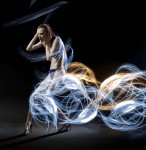
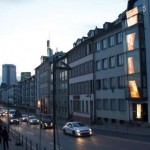











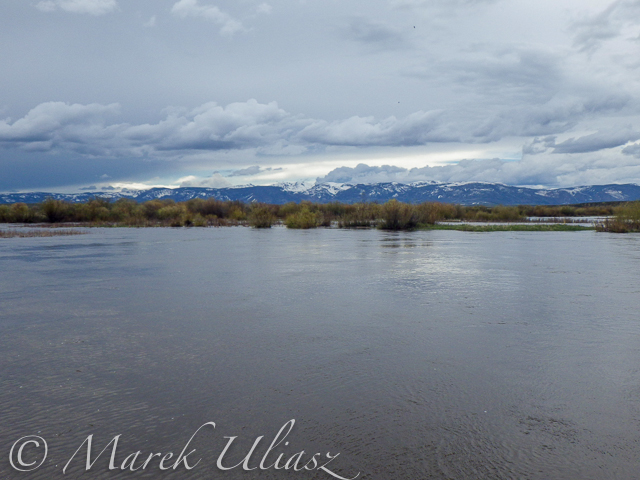
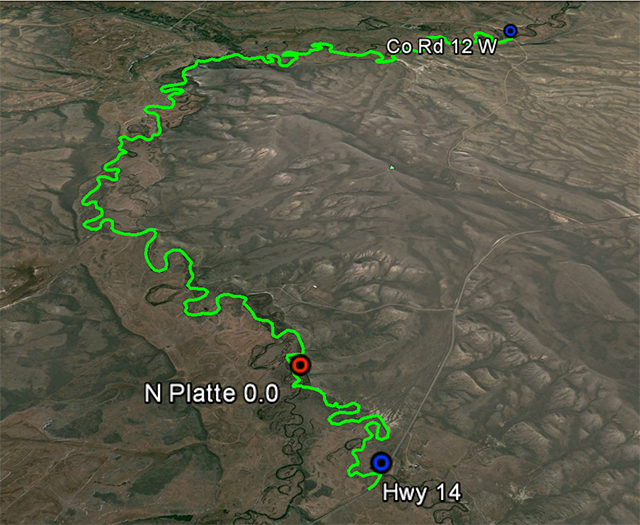
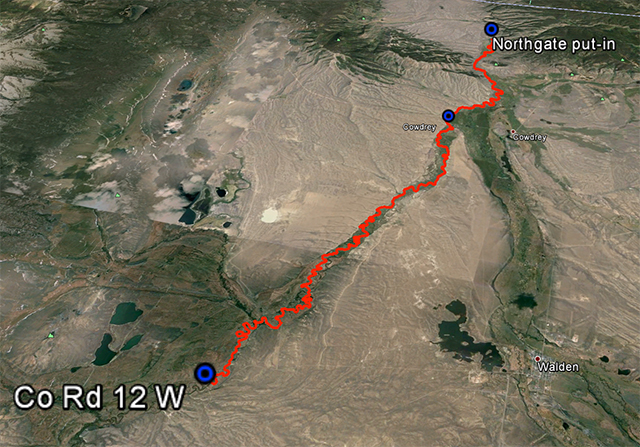
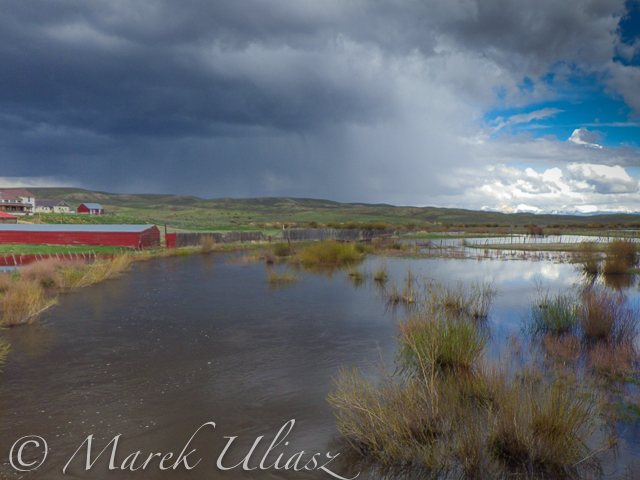

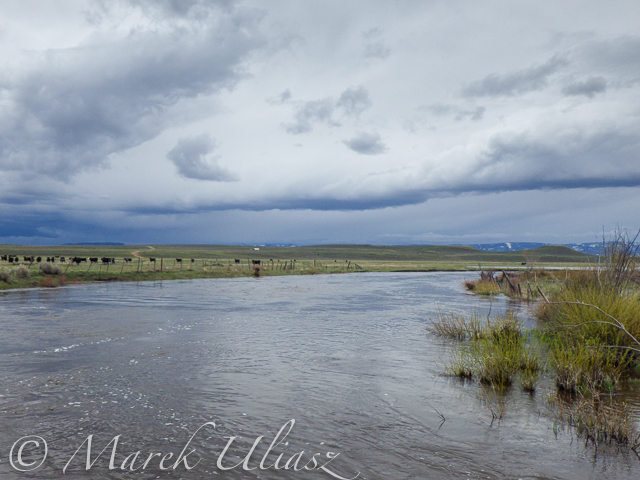
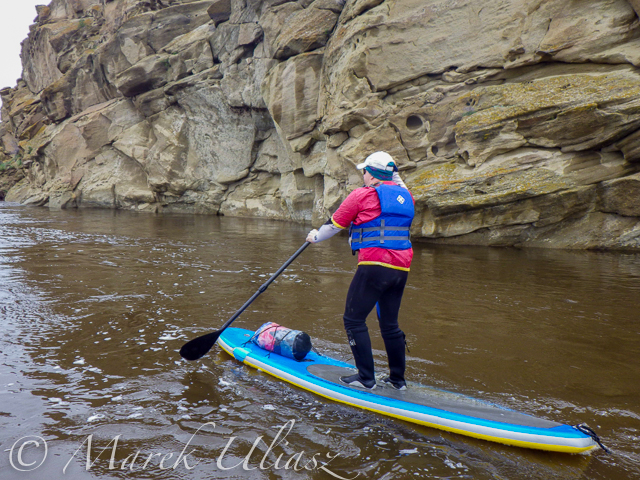

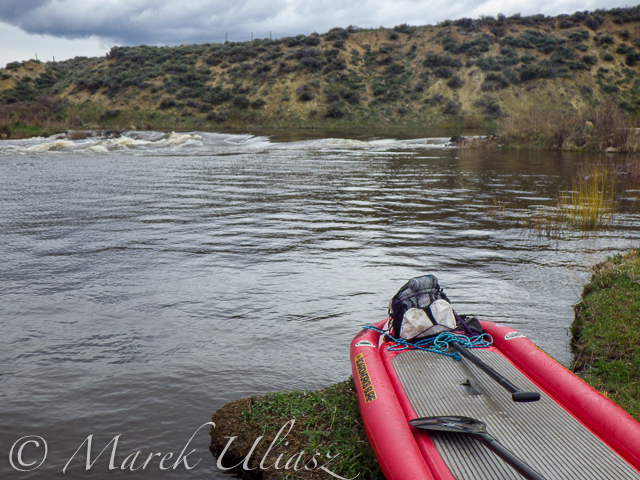
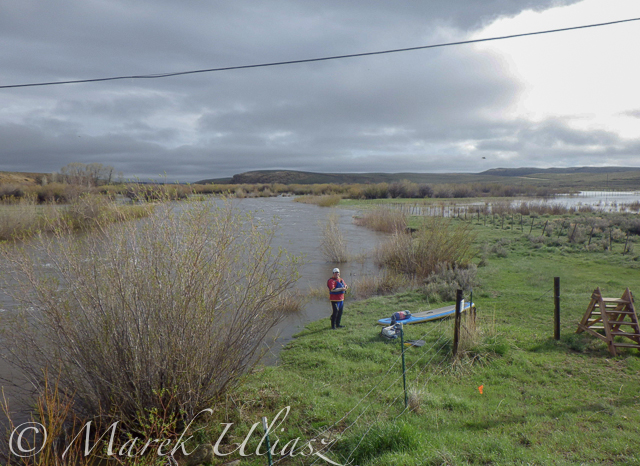
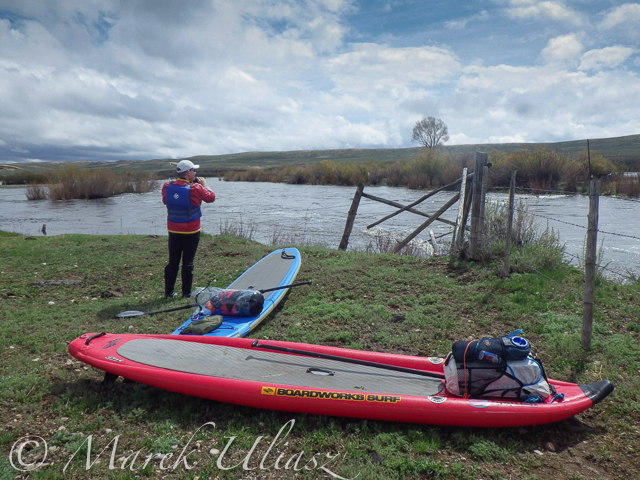



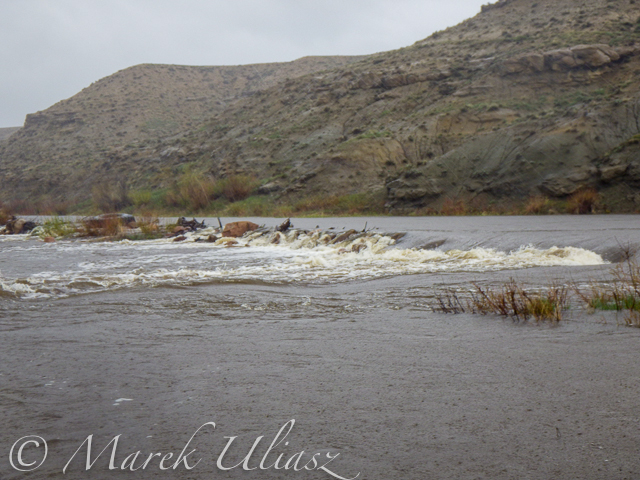
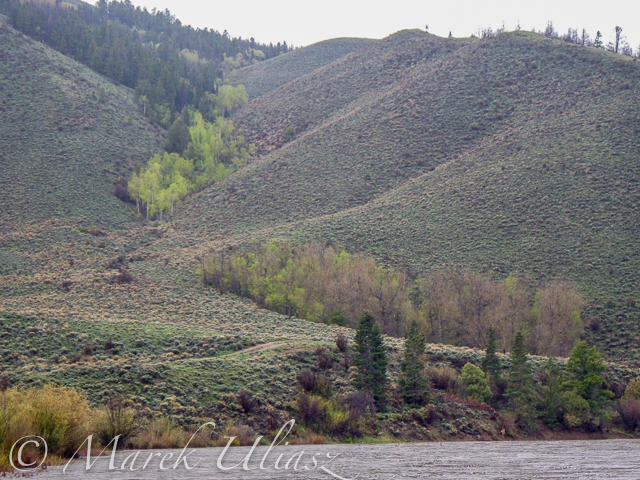


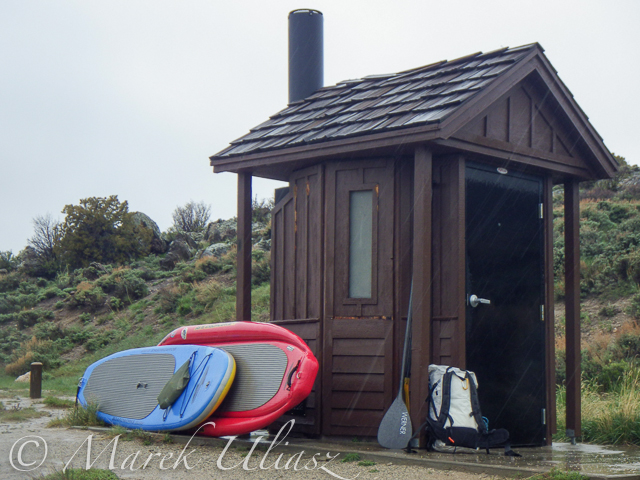

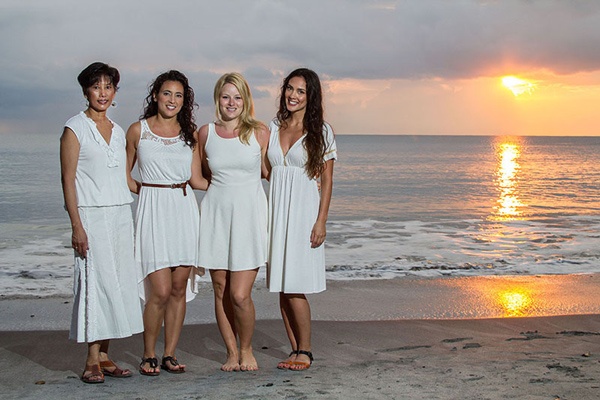
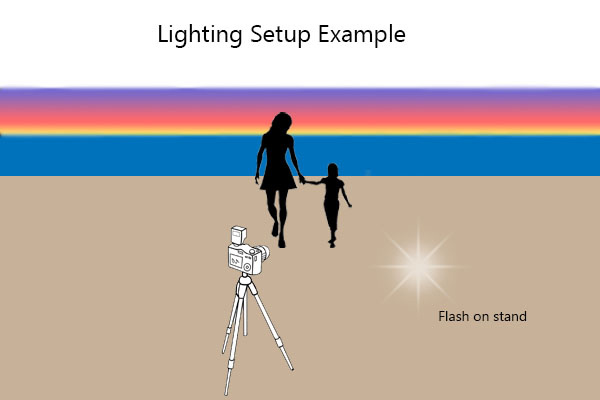
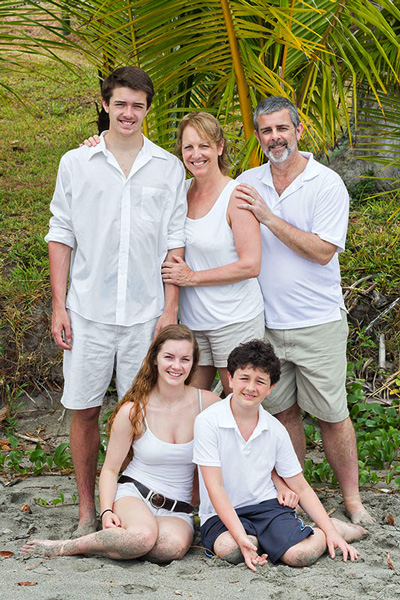
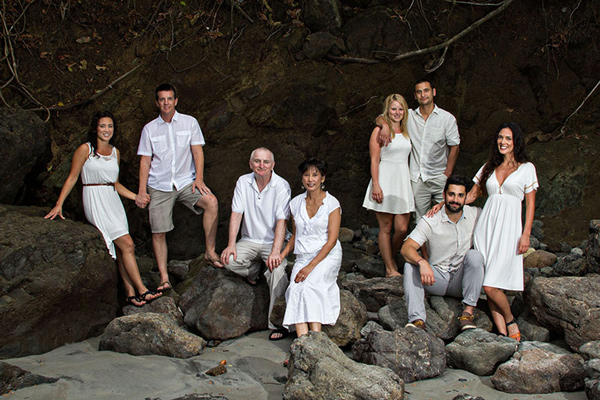
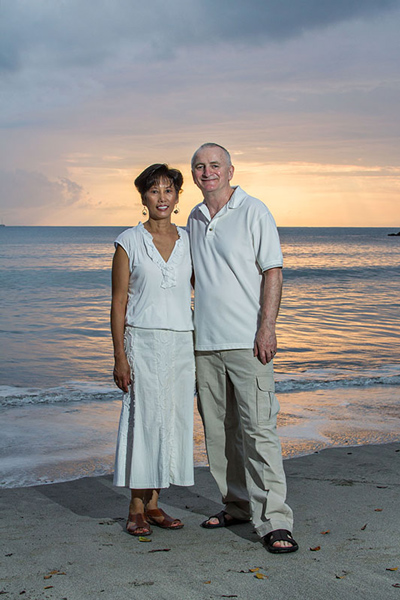
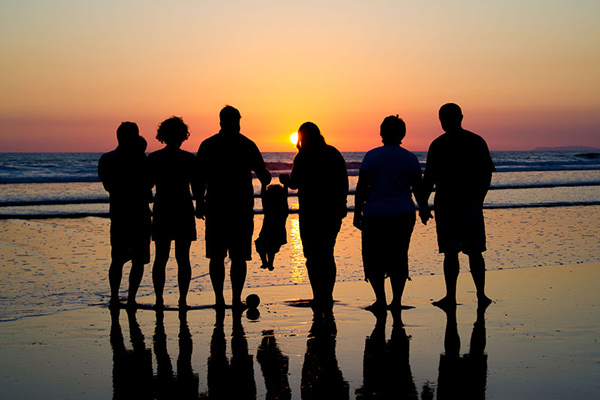
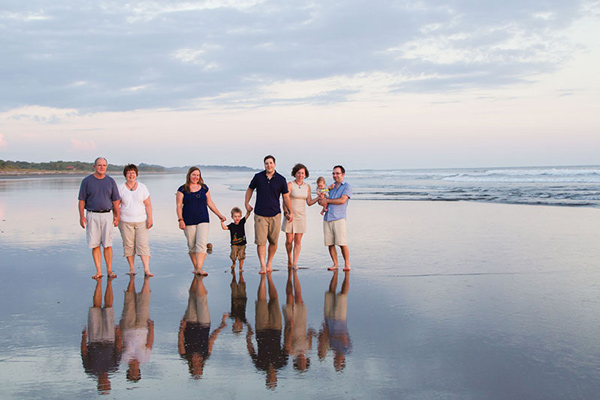
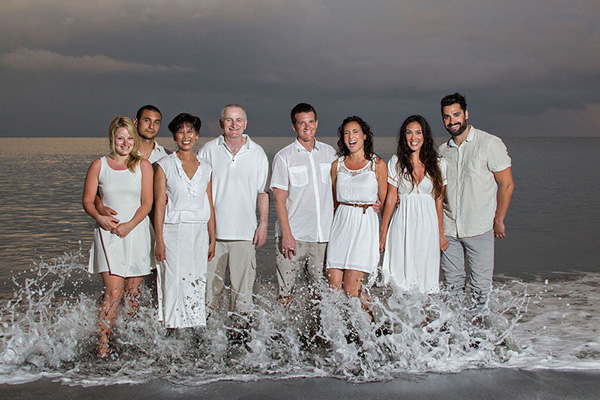

You must be logged in to post a comment.